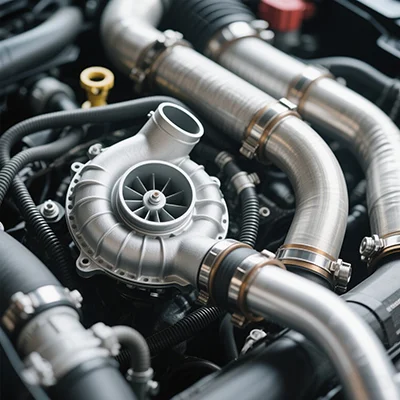When it comes to choosing a printer, the decision often boils down to two main types: inkjet and laser printers. While both have their unique advantages and disadvantages, one of the most critical factors that consumers consider is the cost of maintenance. In this article, we will delve into the intricacies of maintaining inkjet and laser printers, examining the long-term costs associated with each type to determine which is cheaper to maintain.
Understanding the Basics: Inkjet vs. Laser Printers
Before we dive into maintenance costs, it’s essential to understand the fundamental differences between inkjet and laser printers. Inkjet printers utilize liquid ink that is sprayed onto paper through tiny nozzles, making them ideal for high-quality color prints and photos. Conversely, laser printers use a toner cartridge filled with powdered ink, which is fused onto the paper using heat. This technology typically results in faster printing speeds and sharper text quality.
Initial Costs vs. Long-Term Maintenance
While the initial purchase price of a printer can be a significant factor, it is crucial to consider long-term maintenance costs, which include ink or toner replacement, paper, and potential repairs.
- Ink and Toner Costs:
- Inkjet Printers: Ink cartridges for inkjet printers can be relatively inexpensive, but they often have a lower page yield. This means that users may find themselves replacing cartridges more frequently, leading to higher costs over time. On average, a standard inkjet cartridge can print between 200 to 400 pages, depending on the model and the type of documents being printed.
- Laser Printers: Although toner cartridges for laser printers are generally more expensive upfront, they have a significantly higher page yield, often ranging from 2,000 to 10,000 pages. This translates to a lower cost per page, making laser printers more economical for users who print in large volumes.
- Paper Costs:
- Both inkjet and laser printers require paper, but the type of paper used can affect the overall cost. Inkjet printers often require specialized photo paper for high-quality prints, which can be more expensive than standard paper. Laser printers, on the other hand, can use regular copy paper, which is typically cheaper.
- Maintenance and Repairs:
- Inkjet Printers: Inkjet printers may require more frequent maintenance due to issues such as clogged nozzles and dried ink. Users may need to perform regular cleaning cycles, which can waste ink and increase costs. Additionally, if the print head becomes damaged, it may require replacement, adding to the overall maintenance expenses.
- Laser Printers: Laser printers are generally more robust and require less frequent maintenance. They are less prone to issues like clogged nozzles, and their components, such as drums and fusers, tend to have longer lifespans. However, when repairs are needed, they can be more expensive due to the complexity of the technology.
Environmental Considerations
In addition to financial costs, environmental impact is an increasingly important factor for many consumers. Inkjet printers tend to produce more waste due to the frequent replacement of cartridges, while laser printers generate less waste over time due to their longer-lasting toner cartridges. However, it is essential to consider recycling options for both types of cartridges to minimize environmental impact.
Conclusion: Which is Cheaper to Maintain?
Ultimately, the answer to the question of which printer is cheaper to maintain—inkjet or laser—depends on your specific printing needs. For users who print infrequently or primarily in color, an inkjet printer may be more suitable despite its higher long-term costs. However, for businesses or individuals who print in large volumes, a laser printer is likely the more economical choice due to its lower cost per page and reduced maintenance requirements.
